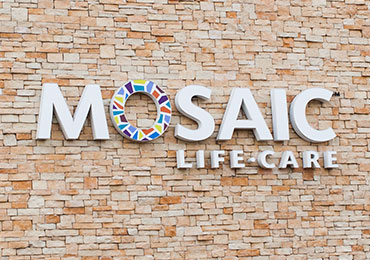
Articles
Tattoos: Understand risks and precautions
Content
How tattoos are done
Know the risks
Make sure you're ready
Insist on safety precautions
Take good care of your tattoo
How tattoos are done
Know the risks
Make sure you're ready
Insist on safety precautions
Take good care of your tattoo
Know the risks
Tattoos breach the skin, which means that skin infections and other complications are possible, including:
- Allergic reactions. Tattoo dyes — especially red, green, yellow and blue dyes — can cause allergic skin reactions, such as an itchy rash at the tattoo site. This can occur even years after you get the tattoo.
- Skin infections. A skin infection is possible after tattooing.
- Other skin problems. Sometimes an area of inflammation called a granuloma can form around tattoo ink. Tattooing also can lead to keloids — raised areas caused by an overgrowth of scar tissue.
- Bloodborne diseases. If the equipment used to create your tattoo is contaminated with infected blood, you can contract various bloodborne diseases — including methicillin-resistant Staphylococcus aureus (MRSA), hepatitis B and hepatitis C.
- MRI complications. Rarely, tattoos or permanent makeup might cause swelling or burning in the affected areas during magnetic resonance imaging (MRI) exams. In some cases, tattoo pigments can interfere with the quality of the image.
Medication or other treatment might be needed if you experience an allergic reaction to the tattoo ink or you develop an infection or other skin problem near a tattoo.
